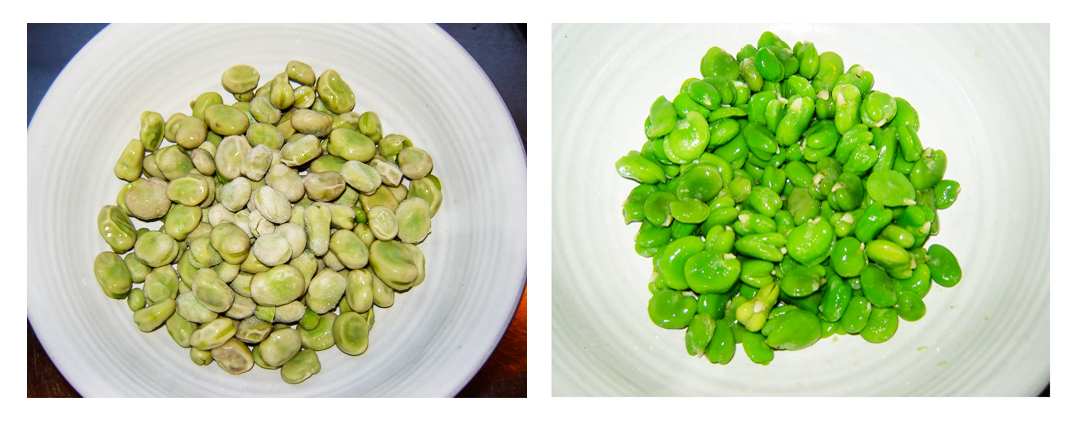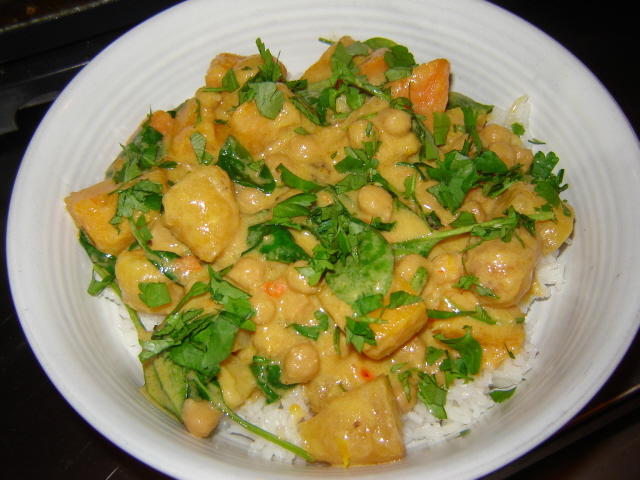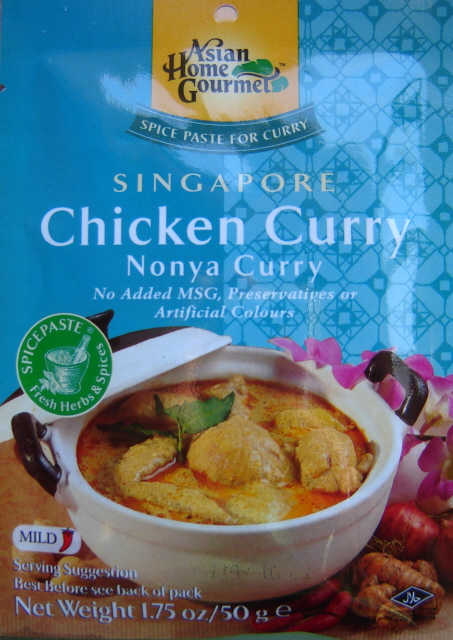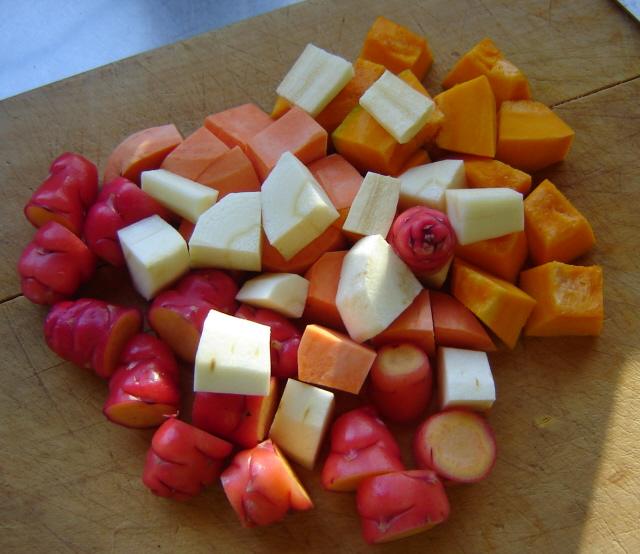
One of the great joys of living in a cold climate is witnessing the passing of four distinct seasons, and spring always seems like such a particularly joyful time after a bleak winter. I feel a growing excitement as, with each day, we move towards this time of renewal - evidence of new life is popping up everywhere. Early blossoms are out; azaleas, camelias and daphne are all starting to flower; and the first brave daffodils have popped their heads up and turned towards the sun.
I can feel this in my yoga practice too. Having just completed day 27 of a 30 day Ashtanga yoga intensive, despite the aching muscles and fatigue, I feel as though my practice has just been "spring-cleaned". My practice feels new and fresh; I think I have learned to listen even more closely to my body, and to be more intuitive in my practice so that I don't keep repeating the same old injury patterns; and I feel an incredible joyousness inside. My spirit feels light and my heart feels open.
Warmer days are making me happier too, and with the official start of spring now just days away, I am starting to dream of spring food - I feel I've had my fill of squash and root vegetables - I'm longing for asparagus and broad beans. In fact, the first of the new season's asparagus is in the supermarket already, but at $51.99 per kilo I think I will be waiting for it a little longer. It should be mentioned that asparagus is probably my absolute favourite vegetable, and once it becomes readily available I tend to eat it every day until the end of the season. I steam it, roast it, grill it, make soups, risottos, salads and tarts. In short, I can't get enough of it.
Broad beans are another real favourite of mine and, knowing that fresh ones are just around the corner, I made this salad the other night to use up the last of the frozen ones I had in the freezer. I make this salad a lot with fresh broad beans when they are available, with local Jersey Bennie potatoes of course, but it works just as well with frozen ones (beans that is, not frozen potatoes). This salad has great texture, and the creaminess of the avocado and the lemony vinaigrette give it a real lusciousness. This salad is a great accompaniement to fish or grilled lamb, or is perfect on its own for a light lunch.

10 small/4 medium salad (waxy) potatoes
1 avocado
200g broad beans, after removing pods (if fresh)
1 lemon, zest & juice
4 tablespoons extra virgin olive oil
1 teaspoon whole-grain mustard
dash maple syrup
salt & pepper
 If using fresh broad beans remove the outer pod first. Bring water to a boil, add beans, bring water back to the boil, and cook about 2 minutes. Drain and immediately refresh in cold water. Once cold remove the thick outer shell from the beans, you will then be left with the gorgeous, glossy green beans.
If using fresh broad beans remove the outer pod first. Bring water to a boil, add beans, bring water back to the boil, and cook about 2 minutes. Drain and immediately refresh in cold water. Once cold remove the thick outer shell from the beans, you will then be left with the gorgeous, glossy green beans.
1 avocado
200g broad beans, after removing pods (if fresh)
1 lemon, zest & juice
4 tablespoons extra virgin olive oil
1 teaspoon whole-grain mustard
dash maple syrup
salt & pepper
Cut potatoes in half (if small), or in quarters (if larger), and boil in lightly salted water until just tender - don't overcook. Drain, cool enough to be able to handle, then cut pieces in half again, and set aside.
 If using fresh broad beans remove the outer pod first. Bring water to a boil, add beans, bring water back to the boil, and cook about 2 minutes. Drain and immediately refresh in cold water. Once cold remove the thick outer shell from the beans, you will then be left with the gorgeous, glossy green beans.
If using fresh broad beans remove the outer pod first. Bring water to a boil, add beans, bring water back to the boil, and cook about 2 minutes. Drain and immediately refresh in cold water. Once cold remove the thick outer shell from the beans, you will then be left with the gorgeous, glossy green beans.Cut avocado in half, remove the seed and skin, then cut into chunks.
Combine cooled potatoes, broad beans, and avocado. Zest the lemon and sprinkle over the vegetables.
In a small jug or jar combine the olive oil, juice of the lemon, wholegrain mustard, maple syrup, salt and pepper. Taste and adjust seasoning as necessary. You may also need to adjust the balance of oil to acidity depending on the juiciness of your lemon.
You will need to dress this salad quite liberally as the potatoes are quite thirsty, so you may want to increase the quantity of dressing accordingly.
Footnote: I am off to Bali next week for 3 weeks to do a yoga retreat with Graeme & Leonie Northfield. As I imagine I won't have time for blogging while I am away, this will probably be my last post for a few weeks. Hopefully I will have plenty of food and yoga news for you when I get back in late September. Maybe fresh asparagus will be waiting for me then too.
This post is also linked to Seasonal Saturday at la bella vita.
This post is also linked to Seasonal Saturday at la bella vita.






